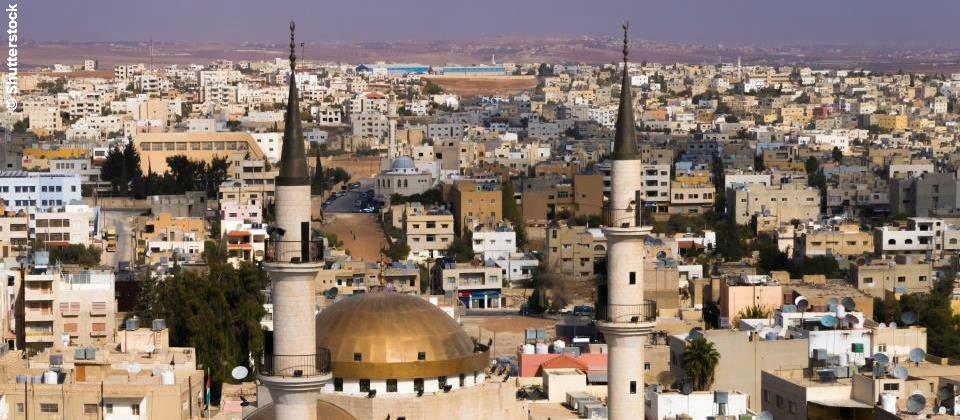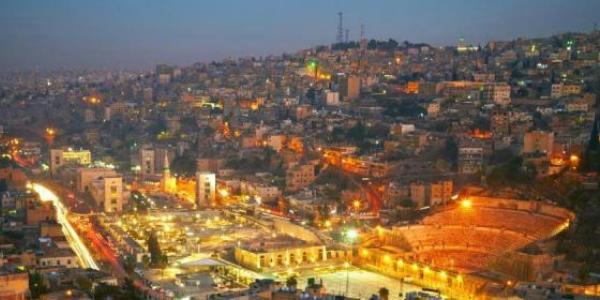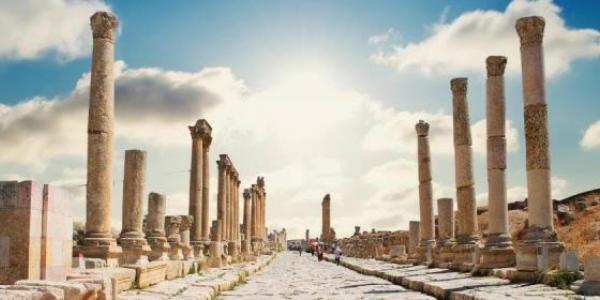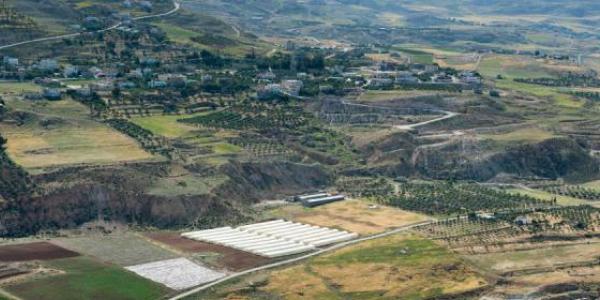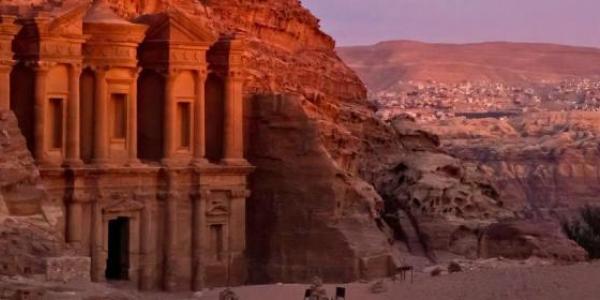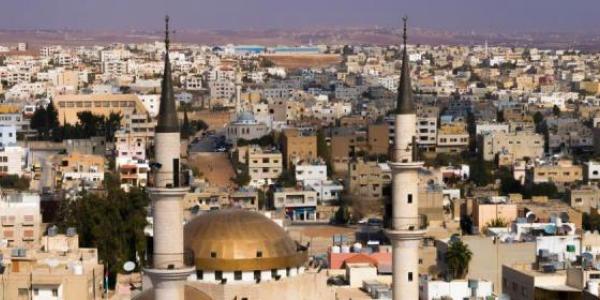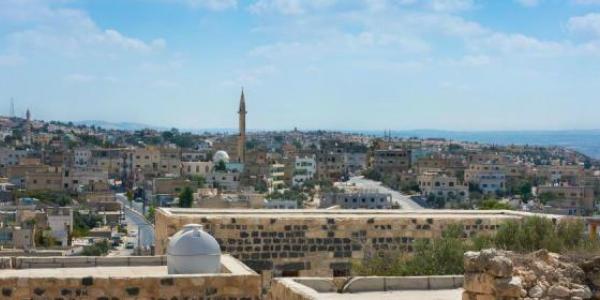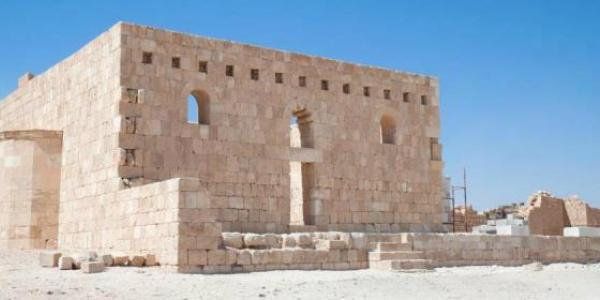Madaba is a premier tourist destination in Jordan, distinguished as the City of Cultural Heritage and Home of Jordan’s Mosaics and Handicrafts. Madaba is located in the heart of “Holy Lands” with connections to people and religions that have shaped world history for 4,000 years and continues to influences the lives of people today. Madaba governorate contains natural, religious and historic sites of renowned history. It retraced parts of the more ancient King’s Highway. Travelling along it today, you walk in the footsteps of pilgrims, armies and traders across the centuries.
The story of Madaba began since at least 3,500 BC, where the fertile and rich grazing lands surrounding Madaba have attracted human settlement. A biblical story describes how King Mesha of Moab had to deliver a tribute of a hundred thousand lambs and the wool of a hundred thousand rams to his enemy. To celebrate his later victory over this enemy, Mesha set up in his capital city, Dhiban, an inscribed stone recounting his achievement. This stela is of black basalt stone, with 32 lines of writing, documenting the biblical king as an historical one and giving rich details on the history, religion, geography and language of the Moabite people.
Madaba particularly flourished during the Roman, Byzantine and early Islamic periods, when many public buildings, churches and monasteries were built. Madaba and the area around it became a bone of contention between the Nabataeans and the Hasmoneans in the Hellenistic period (332 – 63 BC), it was surrendered to the Nabataeans king Aretas III in exchange for help rendered to Hyrcanus II. However, Madaba and its territory remained within the Nabataean sphere of political influence from the early 1st century BC until 106 AD, when the region was incorporated into the newly created Roman Province of Arabia by Trajan, who also built the high way “Via Nova Trajana”, which extended from Bosra in southern Syria to Ayla on the Gulf of Aqaba passing through Philadelphia (Amman) and Madaba.
Over the centuries, inhabitants established elaborate systems of water harvesting and storage, the remains of which can be seen today. Communal cisterns and the Madaba Roman reservoir, the largest in the Syrian region, are an example of just how well this community was organized. When Christianity became the official religion of the Roman Eastern Empire, Madaba became the seat of a bishopric at least from the mid fifth century. Churches and other buildings from Madaba’s golden age testify to the city’s Christian identity as a bishopric centre and as a major stop on the Christian pilgrimage route. Images and inscriptions from many mosaic pavements provide glimpses into the social and ecclesiastical life of the city and its territory during the period which extends from the late 5th through the 8th centuries.
Since the 7th and the 8th centuries, Madaba’s Muslims and Christians have been living peacefully together with acceptance and understanding while proudly presenting their shared heritage. Christianity and Islam have flourished, side-by-side, right up to the present day. In fact, even soon after the Muslim Arabs conquered the region, and as Madaba passed under their control, new churches were built and fine mosaics continued to be produced, especially during the rule of 7th and 8th century Umayyad Caliphate. The so-called Burnt Palace, possibly a bishop’s residence, continued to be used throughout the tolerant Umayyad period and beyond. In fact, the archaeological Park of Madaba which houses the Directoarte of Tourism of Madaba is built on top of the burnt place footprint . The existing mosaics of the east and west wing in addition to remains of the stone walls have been covered with a shelter for protection. The latest dated mosaic pavement in Jordan, in the Church of the Virgin -dated to 767 AD- shows that almost 130 years after the arrival of the Muslims, there was still a Christian community in Madaba sufficiently prosperous to rebuild their church.
The Madaba area gradually declined in importance and very little is known about the town from the 9th to the 19th century. In the 1880s, Arab Christian tribes emigrated from Karak in the south of Jordan and resettled in Madaba. As they built their houses and churches, they came upon many Byzantine mosaics, including a great treasure: the 6th century mosaic Map of the Holy Land in the original Byzantine Church of St. George. This is the earliest map of the Holy Land to survive from antiquity. It is a real geographical and topographical map, representing the area extending from Tyre (southern Lebanon) in the north to the Nile Delta in the south, and from the Palestinian coast in the west to Rabba (Areopolis) and Karak in the east.



